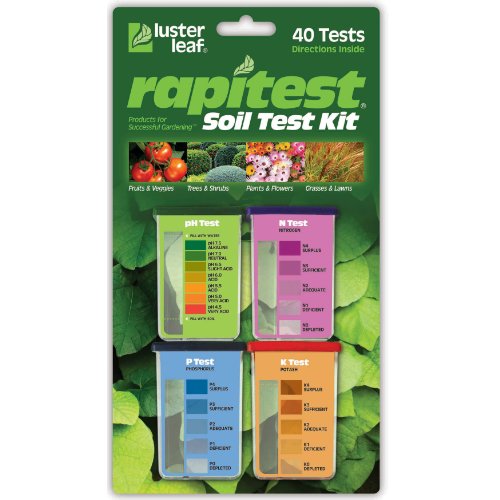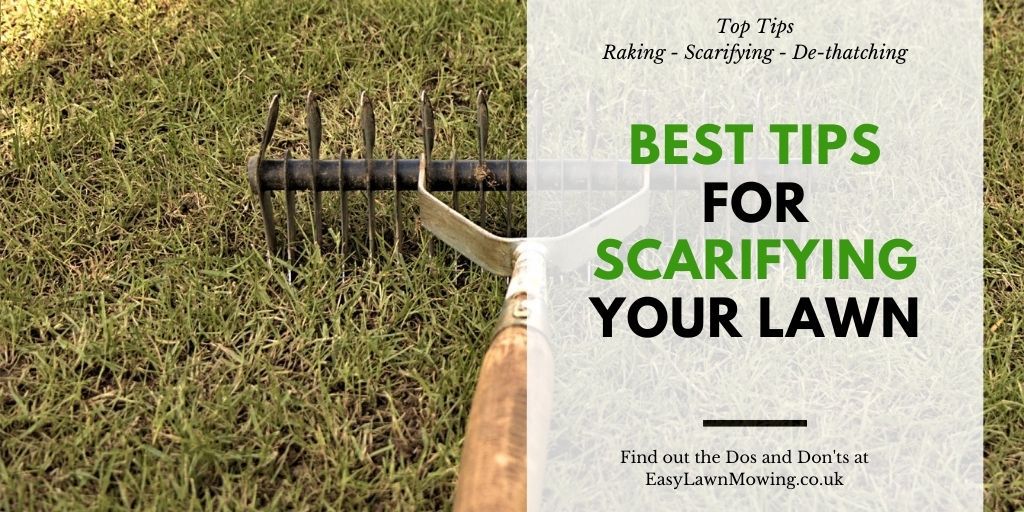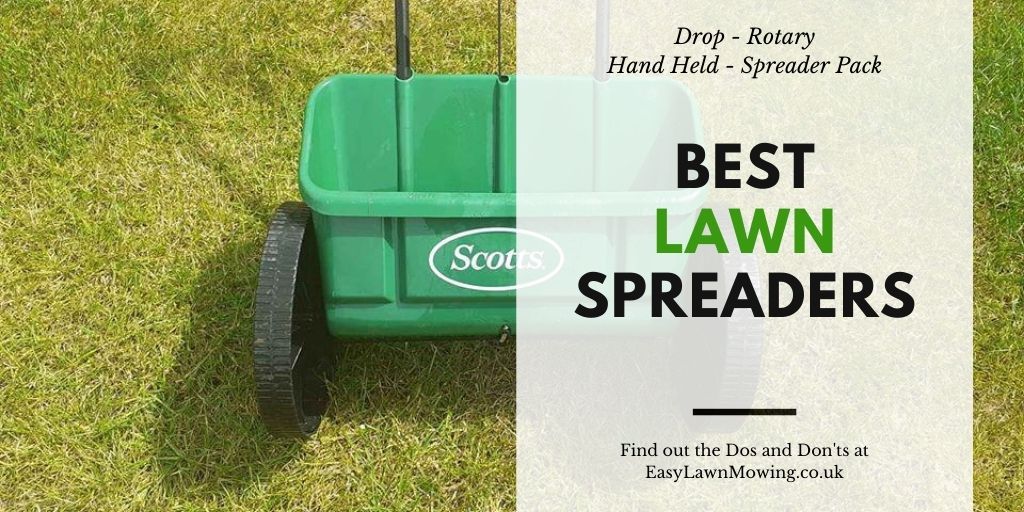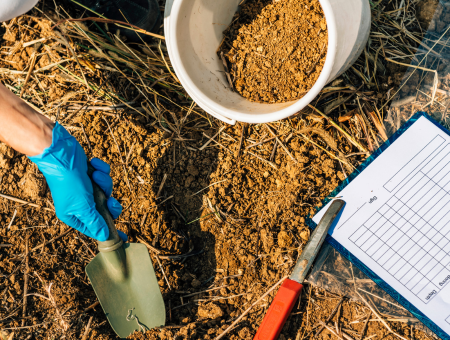
Assessing the health of our lawn starts with understanding the condition of the soil beneath it. DIY lawn soil testing is a fundamental step in lawn care because it informs us about the nutrient content, pH level, and composition of our garden’s soil. By conducting do-it-yourself (DIY) soil tests, we can make informed decisions on how to improve soil quality, which in turn supports robust plant growth and a lush, green lawn.
Performing soil tests at home is simpler than many of us might assume. With a few household tools or inexpensive kits available on the market, we can collect samples and measure various soil attributes. This process allows us to identify deficiencies or imbalances that can be corrected through fertilisation, soil amendment, or adjustments in lawn care practices.
Key Takeaways
- Soil testing is crucial for lawn health and can be conducted easily at home.
- DIY tests assess nutrient content, pH level, and soil composition.
- Regular soil testing guides lawn maintenance and improvement strategies.
Understanding Lawn Soil Fundamentals
When assessing the health of our lawn, it’s vital to understand soil composition, pH, and nutrient levels, all of which influence turf vitality and plant success.
Evaluating Soil Composition and Texture

The composition and texture of our soil are central to water retention, drainage, and aeration, factors that directly affect root growth and plant health. There are three main types of soil: sandy, clay, and loamy. Sandy soil is coarse-textured with large particles, allowing for quick water drainage but poor nutrient retention. Conversely, clay soil has fine particles that bind tightly, resulting in slow drainage and increased water retention, which can lead to root issues. The ideal, loamy soil, is a balanced mixture of sand, silt, and clay, offering optimal conditions for air and water flow while holding nutrients effectively.
- Soil Texture Importance:
- Sandy Soil: High drainage, low nutrient retention
- Clay Soil: Low drainage, high water retention
- Loamy Soil: Balanced drainage, nutrient retention
The Importance of Soil pH
Soil pH measures the acidity or alkalinity of the soil, with 7 being a neutral pH level. This factor directly impacts the availability of essential minerals and nutrients necessary for lawn health. Soils with a high pH (alkaline) may restrict the availability of iron and other micronutrients, leading to deficiencies. Conversely, a low pH (acidic) soil may hinder plants’ access to essential nutrients like phosphorus. Our goal should be to maintain a slightly acidic to neutral pH, as this range is typically ideal for most lawn grasses and enables maximum nutrient uptake.
- Ideal Soil pH: Slightly acidic to neutral (around 6.0 to 7.0)
Here’s a simple table indicating the pH levels of lawn soil and their general classification:
| Soil pH Level | Classification |
|---|---|
| Below 6.0 | Low (Acidic) |
| 6.0 – 6.5 | Slightly Acidic |
| 6.5 – 7.0 | Normal (Neutral) |
| 7.0 – 7.5 | Slightly Alkaline |
| Above 7.5 | High (Alkaline) |
It’s important to note that the optimal pH level for most lawn grasses is typically between 6.0 and 7.0. Soil with a pH below 6.0 may limit the availability of essential nutrients to the grass, while soil with a pH above 7.5 can also restrict nutrient uptake and may lead to poor lawn health. Regular soil testing can help gardeners and homeowners maintain the pH at an optimal level for their specific type of grass.
Essential Nutrients for Lawn Health

Our lawn requires several key nutrients in appropriate amounts to ensure robust growth and resilience. Nitrogen is crucial for leaf development, phosphorus supports strong root growth, and potassium enhances overall plant health. Additionally, essential micronutrients like iron are needed, albeit in smaller quantities. These nutrients contribute to photosynthesis, disease resistance, and stress tolerance.
- Key Nutrients:
- Nitrogen: For foliage growth
- Phosphorus: For root health
- Potassium: For general plant wellness
- Micronutrients: For various biochemical processes (e.g., iron for chlorophyll production)
Our understanding of lawn soil fundamentals will help us create a thriving environment for our grass and plants. By monitoring and adjusting soil composition, pH, and nutrient levels, we pave the way for a healthy, robust lawn.
Conducting DIY Soil Tests at Home
We can assess the health and fertility of our lawn by conducting simple DIY soil tests, allowing us to effectively tailor our lawn care strategy. These tests can reveal vital information about soil conditions that affect our lawn’s vitality and grass growth.
Last update on 2024-04-07 / Affiliate links / Images from Amazon Product Advertising API
Preparing Soil Samples for Testing
The accuracy of our DIY soil tests hinges on proper soil sample collection. We should collect samples from several locations around our lawn to get an overall picture of the soil health. Using a clean trowel, we dig small amounts of soil from the top 10-15 centimetres. It’s vital that we use a plastic container to avoid contamination from metals and to ensure we don’t use soil from compost heaps, as that may differ from the lawn’s natural soil. Each sample should be labelled accurately with the location and date of collection. Before testing, we remove any root material, rocks, and debris, and mix the soil well to create a composite sample.
Home Testing Methods for Soil Conditions
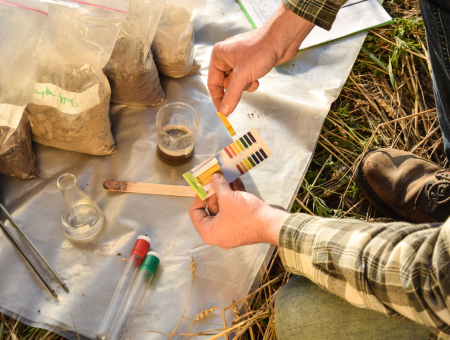
Our soil’s pH level, nutrients, and drainage capacity significantly impact turfgrass health and root growth. To assess pH levels, we can use a basic home test kit involving distilled water and either baking soda or vinegar. We create a soil mixture with distilled water, then add baking soda; if it fizzes, the soil is acidic. Vinegar is used if there’s bubbling in the basic mixture, indicating alkaline soil. Nutrient levels of elements like copper, manganese, and zinc can be approximated with at-home test kits or more comprehensive lab tests available through extension offices. Drainage can be evaluated by timing how long water takes to drain after saturating the soil—good drainage is essential for optimal soil health.
Improving Soil Health and Fertility
After testing, we may find our lawn soil needs amendments to improve its quality. If the soil is too acidic, applying lime can raise the pH, whereas sulfur can lower an overly alkaline pH level. Organic matter such as compost, mulch, manure, or straw can improve soil structure and fertility. These materials also aid microbial activity, which is crucial for a healthy soil ecosystem. Worms and earthworms are indicative of fertile soil, as their presence signals good microbial activity. If a soil analysis shows a nutrient deficiency, specific fertilizers may be applied. Always ensure that any additives are suitable for our lawn’s unique conditions. Soil amendments and fertilizing should be done judiciously to maintain nutrient levels that support vigorous grass growth without causing harm to the lawn or environment.
DIY Soil Samples Testing at a Glance
- Select the appropriate tools: Use a clean spade or soil auger and a clean plastic bucket.
- Identify sample locations: Choose several spots within the area you want to test.
- Remove surface debris: Clear away grass, leaves, and organic matter from the spot.
- Dig soil samples: For lawns, dig to a depth of 3-4 inches; for garden beds, go 6-8 inches deep.
- Collect multiple subsamples: Take small amounts of soil from each identified spot.
- Mix the subsamples: Combine all subsamples in the bucket to create a representative sample.
- Fill the sample container: Place about a pint (2 cups) of the mixed soil into a clean container.
- Label your sample: Write your name, date, and the specific area the sample came from.
- Allow the soil to air-dry: Spread the sample on a clean paper and let it dry out, avoiding direct sunlight.
- Store, Test or send the sample: Keep it in a cool, dry place if not testing immediately, test or send it to a testing lab if ready.
Frequently Asked Questions
In this section, we address common queries regarding DIY soil testing, providing practical advice for assessing soil health effectively.
How can I assess the pH level of my lawn’s soil without using a commercial kit?
To evaluate the pH of our lawn’s soil, we can create a simple test with household ingredients. For an acidic test, we mix soil with water and add baking soda; fizzing indicates acidity. To test for alkalinity, we stir soil into distilled water and add vinegar; fizzing signals alkaline soil.
What techniques are available for testing nutrient levels in garden soil using DIY methods?
We can check for certain nutrient deficiencies in our garden soil by observing plant growth and symptoms. Additionally, household tests involving vinegar and baking soda can help identify extreme pH imbalances that may signify nutrient issues.
Where might one access soil testing services without incurring a charge?
We might find free soil testing services offered by local agricultural extensions, universities, or gardening clubs. It’s worth contacting these organisations to inquire about any complimentary testing events or programs available.
Can I rely on the results of home soil testing comparisons to professional assessments?
While DIY tests provide a reasonable estimation, they are less precise than professional soil analysis. For accurate results, particularly for nutrient composition and trace element levels, we should seek laboratory testing.
What procedure should be followed to carry out a DIY soil test in a garden?
To conduct a DIY soil test, we should collect soil samples from several points in the garden, mix them, and then perform tests for pH, nutrients, and composition. For more detailed guidance, we can consult online resources or local extension services.
In which ways can I evaluate the texture and structure of my soil from the comfort of my own home?
We can assess soil texture at home by feeling it; sand feels gritty, silt feels smooth, and clay feels sticky. For structure, we moisten the soil and attempt to form a ball or ribbon. A soil that forms a ribbon but crumbles easily usually has a good structure for plant growth.
As a seasoned expert in the field of garden power tools, I have dedicated over a decade to working with and reviewing a wide variety of lawn mowers. My extensive experience has allowed me to gain a deep understanding of the benefits and limitations of different types of mowers and garden tools.
Over the years, I have honed my skills in writing informative articles and creating helpful videos for various blogs and publications. This has given me the ability to not only recognise what makes a good lawn mower, but also to help you choose the perfect garden tool for your specific needs and requirements.
With my wealth of knowledge and expertise, I am confident that I can provide you with valuable insights and recommendations when it comes to selecting the right lawn mower for your lawn. So, whether you're looking for a battery cordless, electric, petrol, or robotic mower, you can trust in my expertise to guide you towards the best option for your garden.





